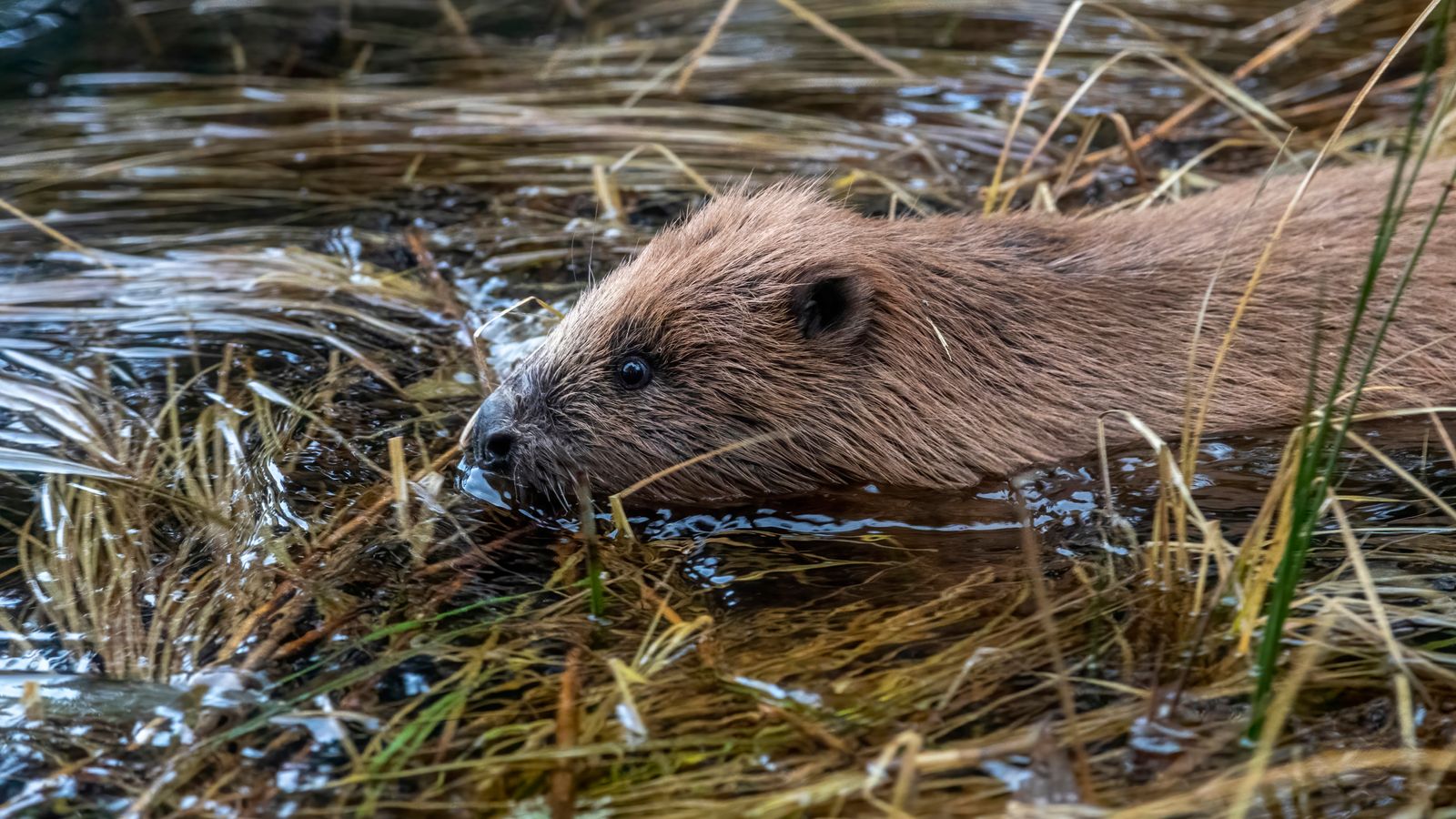Beavers have returned to the UK’s largest national park for the first time in 400 years.
Two were released on the Rothiemurchus Estate within Cairngorms National Park, while another pair were set free on land owned by Wildland Cairngorms Ltd.
The animals were released on Monday under a licence from public agency NatureScot – which could see up to 15 beaver families relocated to sites in the upper River Spey area over the next five years.
Conservation campaigners hope the beavers will boost biodiversity and enhance the region’s ecosystems. A study of a community of beavers in England’s River Otter found the animals could reduce flooding for some at-risk homes, created wetlands for other animals, improved water quality and even boosted local tourism.
Scottish biodiversity minister Lorna Slater helped with the release of the beavers at Rothiemurchus.
The Scottish Greens co-leader said: “Today is a key milestone in our ongoing collective efforts to ensure this iconic species can once again thrive across Scotland.
“I want to thank the Cairngorms National Park Authority and all the organisations involved who have made this truly exciting moment possible.
‘Britain’s loneliest sheep’ meets kayaker whose pictures helped rescue her from life of solitude
Thousands of XL bully dogs granted exemption from upcoming ban
Crocodile blood and big cat body parts among illegal wildlife products seized in operation involving UK Border Force
“The Scottish government will continue to support the expansion of beavers across the country, through our beaver strategy.
“We want both communities and nature to benefit from this mission. This is why we will ensure that farmers and land managers are supported to live alongside beavers as they make the iconic Cairngorms their new home.”
Read more:
Urban beavers reintroduced to London after 400 years
Some 400 years ago, the species was driven to extinction in the Cairngorms, which covers parts of Aberdeenshire, Moray, Highland, Angus and Perth and Kinross. They were hunted for their fur and scent glands that produce a substance called castoreum, which was used for perfumes and medicine.
An initial reintroduction trial of beavers at Knapdale in Argyll began in 2009 and populations are now established there and in Tayside, on the Forth, and at Loch Lomond and also in several locations elsewhere in the UK.
The beavers had earlier been trapped in the River Tay’s catchment area before being taken to Five Sisters Zoo in West Lothian for health checks.
Members of the public are being asked to give the animals space to settle in. However, a specially developed beaver trail is expected to open at Rothiemurchus “soon”.
Be the first to get Breaking News
Install the Sky News app for free
Sandy Bremner, convener of the Cairngorms National Park Authority board, described it as a “momentous day”.
He added: “We believe that beavers will bring significant benefits to the national park, both environmentally and economically, but we also understand that their impacts will need to be monitored carefully and, where necessary, addressed quickly and effectively.
“We will continue to work closely with people who own and work neighbouring land to ensure a robust monitoring and mitigation plan that maximises benefits and minimises negative impacts.”








